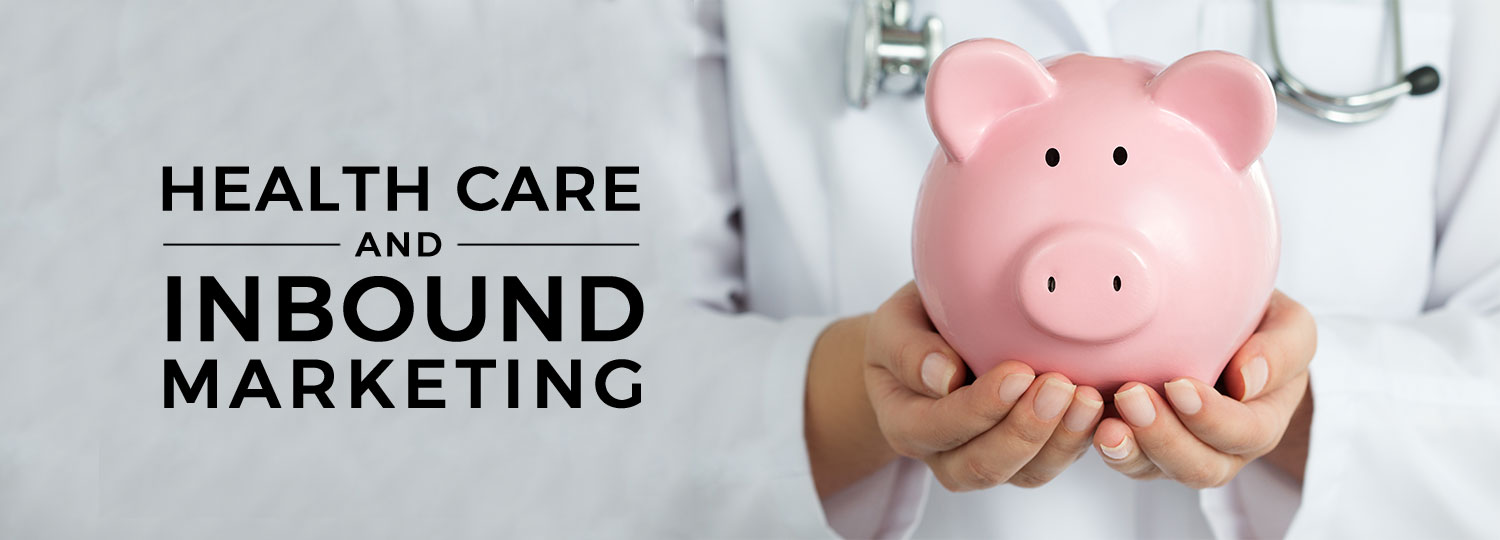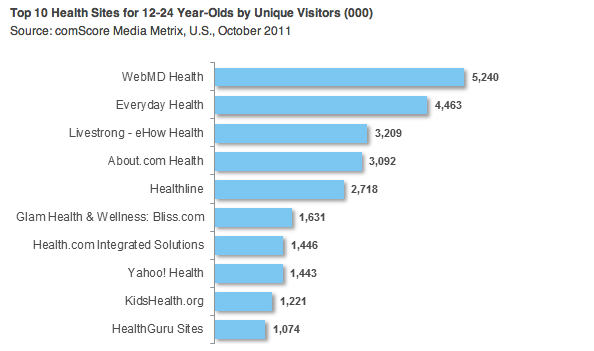
The digital shift over the past few years has moved the healthcare industry online. Establishing an online presence has never been more important. Despite initial hesitation, many healthcare service providers are strategically moving towards a greater and more responsive online presence. One of the underlying reasons is the upward trend of netizen, be it young people or baby boomers(WHO defines baby boomers as those born between 1946 and 1964 during the global surge in births in the post-World War II years), pro-actively consuming health information online.
With patients going online to discuss their health and research their health conditions, it has become essential for healthcare professionals to be active with different Inbound Marketing Channel. Successful inbound marketing requires a hand in a number of different marketing channels, from content to social media, to email, SEO, PPC, and others.
A recent infographic on Mashable shows that more than 90% of people ages 18-24 said they would trust health information they found on social media channels. One in two adults uses their smartphone to look-up health information.
How are healthcare service providers using Inbound Marketing?
Let us take a closer look at how companies are using Inbound Marketing to double referrals, quadruple their blog audience, create new leads, and ultimately, increase sales.
Healthcare and Search
With the ability to search tons of health information online, the internet has drastically changed how people find answers to their healthcare concerns. Apparently, the Internet is the first source people turn to for information, even before consulting a professional.
4 in 5 Internet users have searched the Internet for healthcare information, most often checking on specific diseases and treatments, a Pew Internet Project survey disclosed that
- 29% of internet users look online for information about food safety or recalls.
- 24% of internet users look online for information about drug safety or recalls.
- 19% of internet users look online for information about pregnancy and childbirth.
- 17% of internet users look online for information about memory loss, dementia, or Alzheimer’s.
- 16% of internet users look online for information about medical test results.
- 14% of internet users look online for information about how to manage chronic pain.
- 12% of internet users look online for information about long-term care for an elderly or disabled person.
- 7% of internet users look online for information about end-of-life decisions.
Given this ongoing trend of search-driven research by healthcare consumers, it’s more important than ever for healthcare providers to have an inbound marketing strategy. Having the ability to consistently provide informative, accurate and innovative content is key to attracting and gaining new patients.
Most healthcare providers already have great content readily available – it’s just a matter of creating and producing it in a way that consumers can easily digest it.
Healthcare and Social Media
The social media has made it easy for people to share their opinions about everything on a mass scale. Successful brands are stewarded by their loyal fans and passionate advocates.
In fact, a recent survey from healthcare research firm National Research found that:
“96% of the nearly 23,000 consumers it surveyed use Facebook to gather information about healthcare, with 28% using YouTube and 22% using Twitter. Hospitals, healthcare providers and private insurers also are seeing social media as a tool to engage consumers.”
In this context, there are critics that Healthcare companies still don’t “get” social media. While it’s true that many consumer-based Healthcare organizations are slow to adopt social media, some of the worlds most innovative Healthcare companies such as Walgreens and Merck have taken a step in the right direction.
Let’s review some of the key uses of social media by these healthcare organisations:
- Patient service: directly responding to patients’ concerns, complaints and inquiries
- Crisis management: managing crisis, responding, assisting and diffusing as quickly and effectively as possible
- Campaign or promotion management: spread the word about a contest or promotion
- Patient loyalty: keeping patients engaged and interested in the community
- Keeping up with the competition: understanding the successes and failures of rival healthcare groups
Healthcare and Content
Content marketing is a natural fit for many healthcare providers. It is a means to communicate with people and provide them with noteworthy health and medical information. Among the benefits for practitioners, it is a marketing tool for patient engagement, retention, practice branding and professional reputation building.
Comscore, a company that tracks Internet traffic for advertisers, watches more than 750 for-profit health companies that attract at least 50,000 monthly visitors. Based on the latest report, the top five for-profit groups that heavily focusing on Content Marketing to drive traffic were Everyday Health, WebMD, Livestrong-eHow Health, Yahoo Health and Health.com Integrated Solutions. They were followed by HealthGrades, About.com Health, CNN Health, AOL Health and Healthline Networks. Apart from that, there are portals such as Mercola and DoctorOz, well-received by the health-conscious audience.
Healthcare and Mobile
Looking to the future of online health content, it is important to understand how the mobile channel is beginning to play an important role. In the three months average period ending June 2011, 13.1 million mobile subscribers in the U.S. reported accessing health information at least once in the previous month, a sizeable increase of 64 percent from a year ago. Consumers have never before had as much ability to find health information to inform their healthcare decisions as they do now, and with the proliferation of connected devices enabling greater access and constant connectivity, it is only likely that the use of online health sources to engage with health information will continue to grow.
Conclusion
Inbound marketing is becoming the main channel for lead generation in Healthcare industry. But despite the adoption levels of inbound marketing, there is still a lot more upside. In 2013, inbound marketing will continue to see huge adoption rates as healthcare companies of all sizes implement all manner of inbound marketing tactics.




Hi Terrence,
While the usage of social media is always a good thing, do you think it would necessarily benefit especially when it comes to queries on health because this is actually a question of some1’s life. It is here that people need to be vigilant and take in the right information because not all information may be the right information.
Great observation Terrence. As the number of internet users increase,doctors need to utilize that opportunity and market their services online.
Erick Kinuthia
Team MDwebpro.com